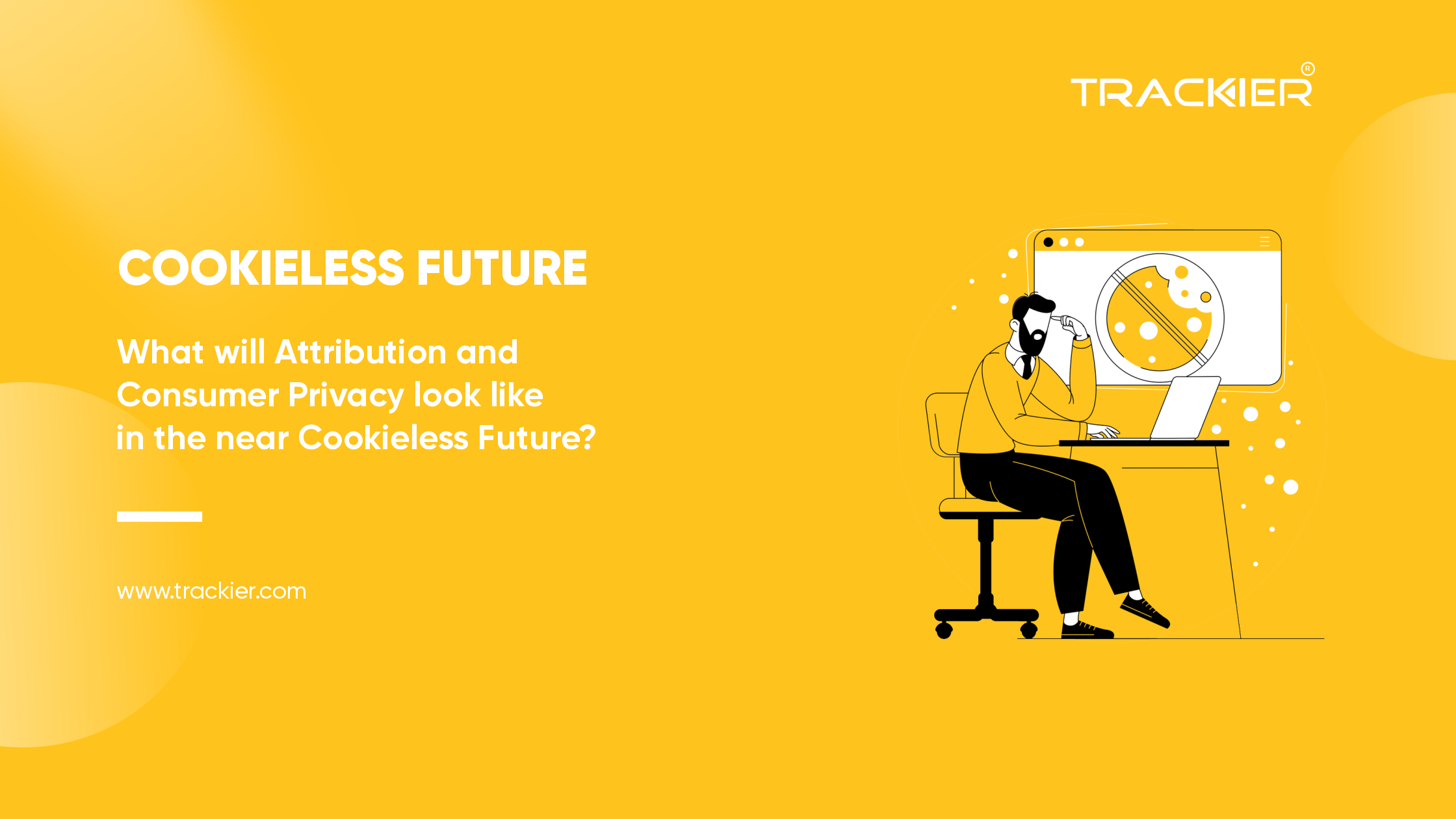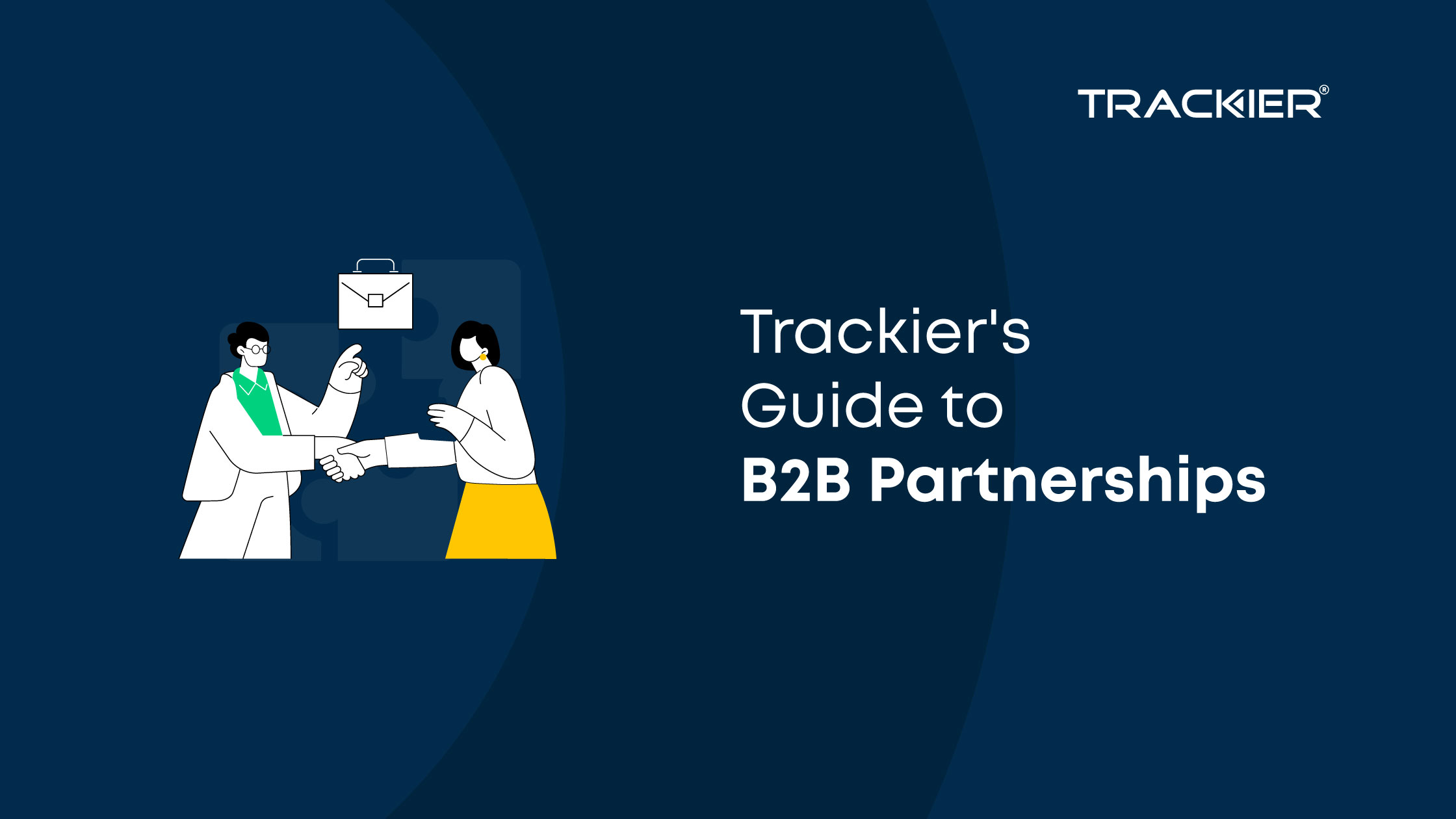Whether you’re prepared or not, cookies eradication has begun and is taking a full swing. Measuring digital marketing efforts is becoming more challenging as a result of the cumulative effects of Intelligent Tracking Prevention (ITP) on Safari, Enhanced Tracking Protection (ETP) on Firefox, and more granular third-party cookie blocking on Chrome.
The Backstory
There has been a steady rollout of privacy initiatives since the 2018 General Data Protection Regulation (GDPR) was published in Europe.
Although there were laws and web browser restrictions already in place before the GDPR was published, it was this regulation that sparked the rise of consumer privacy to the top of every marketer’s priority list.
In fact, more than 60 nations have adopted other privacy laws that are in line with the GDPR.
Additionally, in an effort to safeguard users’ online privacy, browsers like Safari, Chrome, and Firefox frequently introduce stricter tracking adjustments that disable both first- and third-party tracking cookies. With these limitations, it is getting harder but still possible to measure consumer interactions with marketing and advertising.
A personalized experience for the end user is possible while maintaining consumer privacy and accurate measurement.
Let’s now examine the challenges performance marketers will face in a world without cookies.
The Current Challenges for Marketers without Cookies
Networks are confronted with the following challenges from both the customers they attract and the advertisers they work with as the digital world moves toward a future without cookie tracking:
- Consumers are concerned about their lack of control over the data that businesses gather about them. Their requirements are straightforward:
- The only purpose of gathering this information should be to improve the overall customer experience.
- Information that can be used to identify an individual (PII) should be handled carefully.2. Due to the frequent updates to the tracking policy, advertisers worry that they won’t have overall control over the effectiveness of their affiliate program. Advertisers are seeking assurance that affiliate networks are required to fulfill these demands.
Thankfully, there is a fix. Through the use of a cutting-edge tracking platform that balances consumer privacy with performance optimization and transparency, affiliate networks can allay the concerns of both consumers and advertisers.
The Solution
Marketers are left with a distorted view of performance due to the recent rise in web browser restrictions that affect cookie tracking.
As a result, cookie tracking is not at all a recommended method. In order to accurately measure campaign performance without the use of third-party cookies, marketers must use alternative tracking techniques.
-
Using a postback URL for server-to-server tracking
For this strategy, you’ll need an advanced affiliate marketing solution that can give each interaction with an anonymous customer a special ID.
A click ID or session ID can be kept until the point of conversion in place of a cookie, either server-side or in the advertiser’s first-party cookie. The unique ID is then used to link the customer’s click on the advertisement to their conversion.
It’s a growingly common strategy to satisfy both performance tracking requirements and data privacy demands because any measurement platform that supports this type of tracking will use its own unique IDs in place of cookies.
Additionally, server-to-server tracking is a very accurate method for gauging performance because it doesn’t rely on cookies that users can delete or block with their browser settings.
-
JavaScript SDK tracking using first-party session cookies
This strategy combines cookie and cookieless tracking, uses the distinct ID mentioned above, and omits the postback URL in favor of a JavaScript SDK (an HTML conversion pixel).
When a click pixel is present, the JavaScript SDK (JSSDK) reads the distinct session ID that the click pixel sets in the first-party cookie and uses that value for the campaign attribution rather than the cookie.
This option still necessitates the use of a first-party session cookie, which is subject to browser restrictions, even though it is simpler to implement than server-to-server tracking using postback URLs.
Keep in mind that you must add a click pixel (JSSDK) to the conversion pixel (on the thank-you page) on an offer’s landing page in addition to the former.
-
Fingerprint tracking to support Cookie-less tracking
Fingerprint tracking can be a useful tool to support first-party cookies and cookieless tracking, which can typically measure performance accurately.
For areas like walled gardens and cross-device user behavior that can be challenging to measure with absolute certainty, it is a wise strategy to make sure nothing slips through the cracks with the deterministic tracking techniques you have in place.
Fingerprint tracking also referred to as “session tracking” or “probabilistic tracking,” is a probabilistic method of connecting consumer actions to digital advertisements they interact with.
This will help you make the most accurate estimation of how well your marketing efforts and financial investments are performing.
Through various factors like the device or browser being used, fingerprint tracking tries to link consumers’ interactions with the advertisement to their conversions, like a request for more information.
Since no data must be stored that might jeopardize customers’ right to anonymity, it provides another privacy-friendly strategy.
Conclusion
Although it may seem quite frightening at the moment, remember that cookies are a 25-year-old technology, and we’ll definitely find a way to move on.
Moving forward, the marketing and advertising sectors will need to employ a variety of strategies to balance profit and privacy while also increasing the value of advertising to consumers.
That’s where Trackier comes in. We, at Trackier, constantly strive to work on such attribution challenges and adapt as technology changes.
If you have any questions or queries, feel free to reach us.














